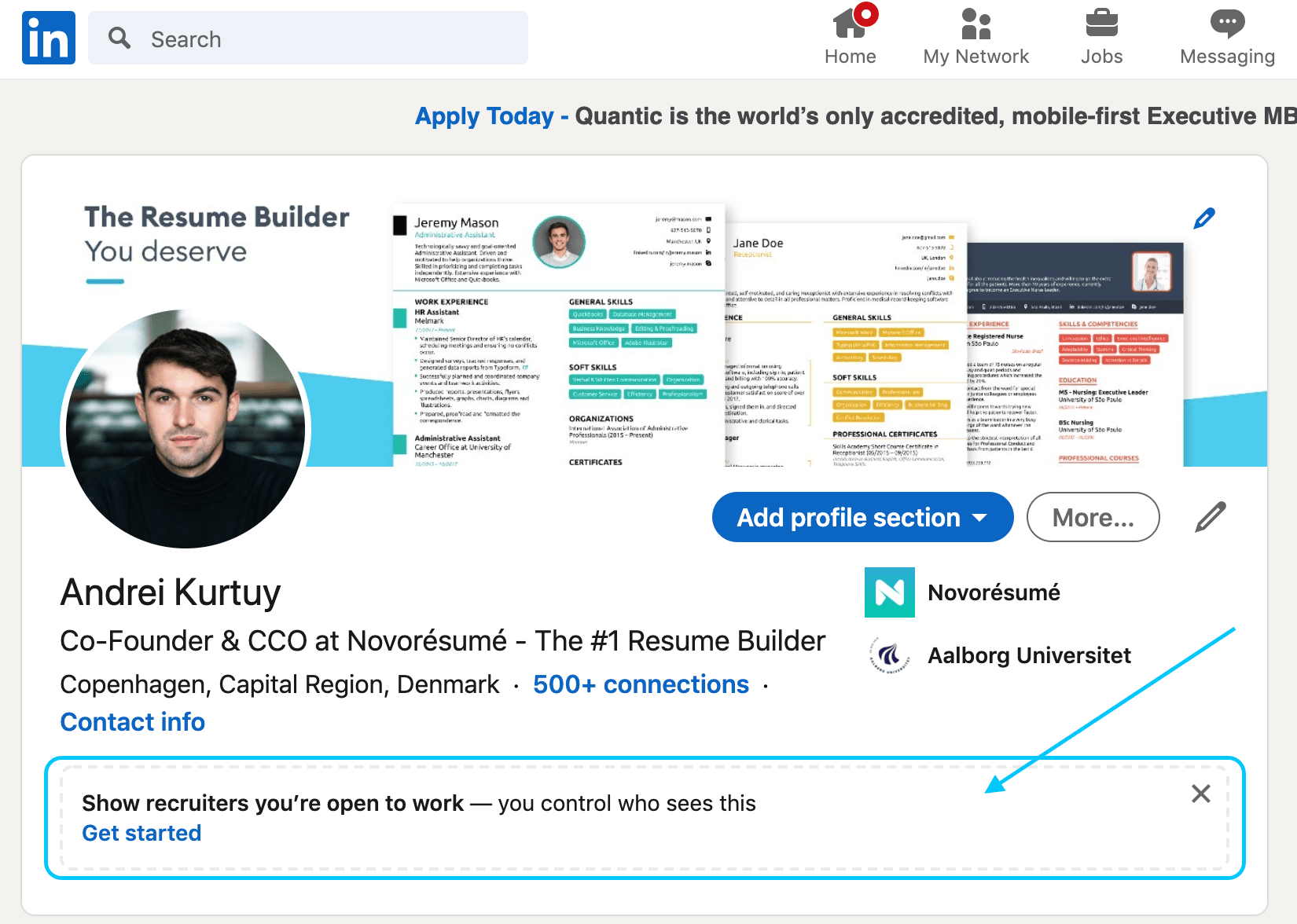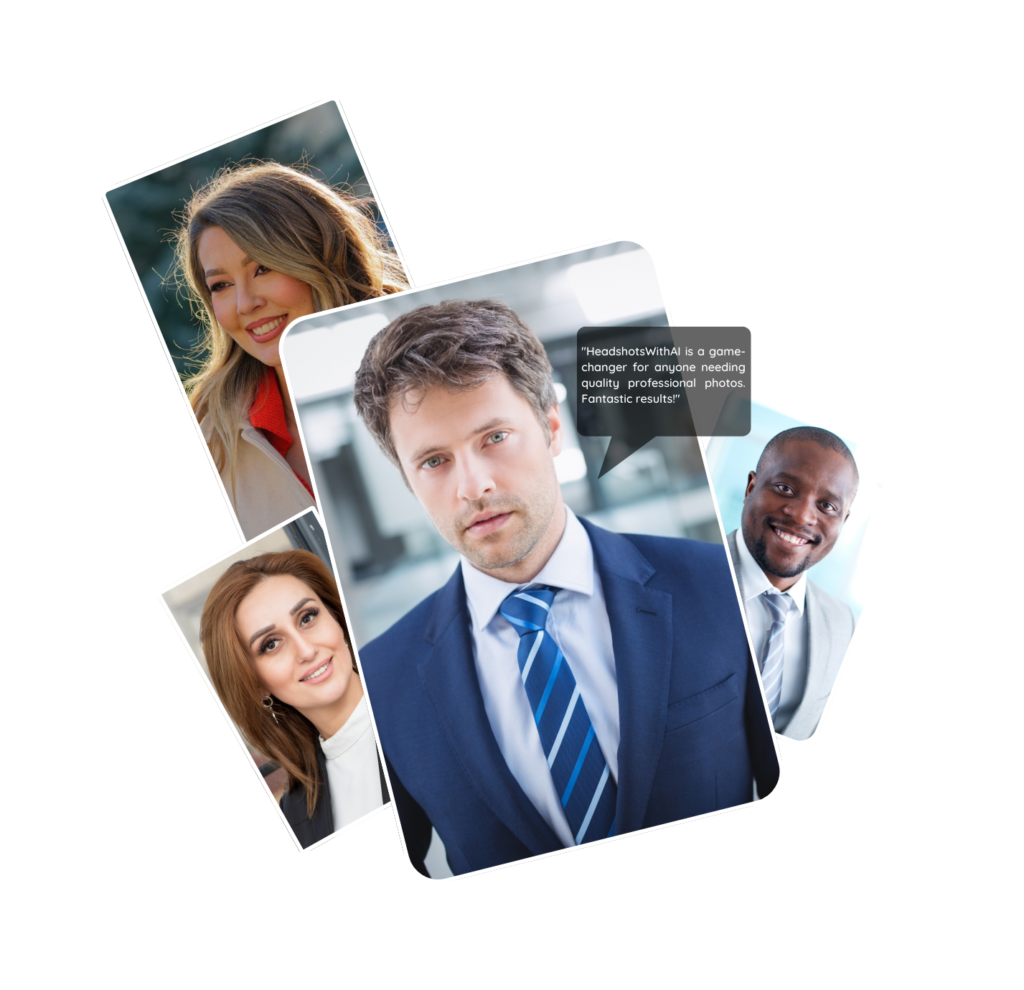Your LinkedIn profile is a powerful tool for networking, job searching, and personal branding. It’s essential to ensure that your profile showcases your skills, experience, and personality in a professional and polished manner. This guide will walk you through the key sections to include in your LinkedIn profile to maximize your visibility and effectiveness.
1. Profile Photo
- Why It Matters: Your profile photo is the first impression people get when they visit your LinkedIn profile. A professional and friendly photo helps build trust and credibility.
- Best Practices:
- Use a clear, high-resolution headshot.
- Wear professional attire that reflects your industry.
- Choose a neutral background that doesn’t distract from your face.
2. Headline
- Why It Matters: Your headline is one of the most visible parts of your profile and is used by LinkedIn’s algorithm to determine search results. It should clearly state what you do and the value you bring.
- Best Practices:
- Include your current job title or area of expertise.
- Use keywords relevant to your industry for better visibility in searches.
- Consider using a value statement (e.g., Helping companies increase revenue through data-driven marketing).
3. About Section (Summary)
- Why It Matters: This is your personal elevator pitch. It provides an opportunity to showcase your professional experience, skills, and personality in a narrative format.
- Best Practices:
- Start with a strong opening sentence to grab attention.
- Highlight your key skills, achievements, and what you’re passionate about.
- Include metrics or results to demonstrate your impact (e.g., Increased sales by 25% in six months).
- End with a call to action, inviting connections or inquiries (e.g., Feel free to reach out to discuss marketing strategies or potential collaborations).
4. Work Experience
- Why It Matters: This section shows your career trajectory and specific contributions at each job.
- Best Practices:
- For each position, include a brief job description and focus on achievements rather than just responsibilities.
- Use bullet points to make it easy to scan.
- Quantify your accomplishments (e.g., Led a team of 10, resulting in a 20% reduction in costs).
- Add media (e.g., PDFs, presentations, or links) to showcase projects or portfolios.
5. Skills & Endorsements
- Why It Matters: This section highlights your key skills and allows your connections to endorse you, adding credibility.
- Best Practices:
- List skills relevant to your current career goals and industry.
- Prioritize 3-5 key skills to showcase at the top.
- Encourage colleagues or clients to endorse your skills.
- Align your skills with what recruiters or potential employers might be searching for.
6. Recommendations
- Why It Matters: Recommendations from colleagues, managers, or clients provide social proof of your abilities and work ethic.
- Best Practices:
- Ask for recommendations from colleagues or clients who can speak to specific aspects of your work.
- When requesting a recommendation, be specific about what you’d like them to highlight (e.g., a project you worked on together or a particular skill).
- Offer to write recommendations for others as well.
7. Education
- Why It Matters: Your education provides context about your background and qualifications.
- Best Practices:
- List your degrees, certifications, or any relevant courses.
- Include any honors or awards you received during your studies.
- Add extracurricular activities or projects if they demonstrate leadership or industry-relevant experience.
8. Certifications & Licenses
- Why It Matters: Certifications demonstrate your commitment to continuous learning and can give you a competitive edge.
- Best Practices:
- Include certifications that are relevant to your field.
- If you have a license that is required for your profession (e.g., CPA, PMP), make sure it’s up to date on your profile.
9. Projects
- Why It Matters: This section allows you to showcase specific projects that highlight your skills and achievements.
- Best Practices:
- List high-impact projects you’ve worked on, particularly those relevant to your current career goals.
- Include details like the scope of the project, your role, and the results.
- If applicable, add links to published work or media.
10. Volunteer Experience
- Why It Matters: Volunteer work shows that you’re engaged with your community and can provide additional skills and experience beyond paid work.
- Best Practices:
- Include any non-profit organizations you’ve worked with and the roles you held.
- Highlight skills or leadership demonstrated during volunteer work.
- If the volunteer experience is directly related to your field, emphasize the transferable skills.
11. Languages
- Why It Matters: Listing languages you speak fluently can make you more attractive to employers, especially in international or multicultural settings.
- Best Practices:
- Include any languages you speak and your level of proficiency.
- Be honest about your skill level (Beginner, Intermediate, Fluent).
12. Publications
- Why It Matters: If you’ve written articles, papers, or books, this section is ideal for sharing your expertise and thought leadership.
- Best Practices:
- Include any published work you’ve contributed to, such as articles, blogs, or white papers.
- Provide a brief description of the content and its relevance to your field.
- Add links to the publications if available.
13. Accomplishments
- Why It Matters: This section allows you to showcase notable achievements, including awards, honors, and other milestones.
- Best Practices:
- Highlight any awards, honors, or significant milestones you’ve achieved in your career.
- Include patents or other unique accomplishments that set you apart.
14. Courses
- Why It Matters: Listing relevant courses shows your dedication to ongoing professional development.
- Best Practices:
- Include industry-relevant courses, especially if you’ve recently completed certifications or online learning programs.
- Mention any specialized courses that showcase your expertise in a specific area (e.g., Data Science, Digital Marketing).
15. Interests
- Why It Matters: Your interests help people understand your passions outside of work and can help connect you with others in your industry.
- Best Practices:
- Follow companies, industry influencers, or organizations that are relevant to your field.
- This can help you stay updated on trends and connect with people who share your professional interests.
Conclusion
To make the most of your LinkedIn profile, ensure that each section is thoughtfully filled out with a focus on professionalism, relevance, and engagement. By keeping your profile updated and comprehensive, you enhance your visibility to recruiters, network connections, and potential clients. This boosts your chances of being discovered for new opportunities while building your personal brand.
Othman Naimi is a tech enthusiast and imaging expert specializing in AI-driven headshot solutions. With a background in computer science and a passion for innovation, Othman leverages advanced technology to create impactful, professional portraits. His articles on Headshotswithai.com offer valuable insights and practical tips for enhancing your visual presence.


